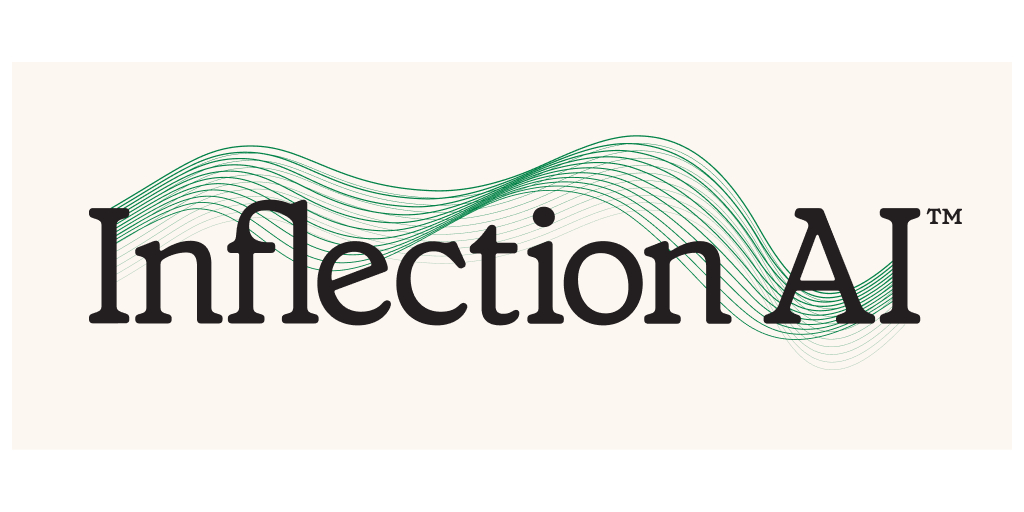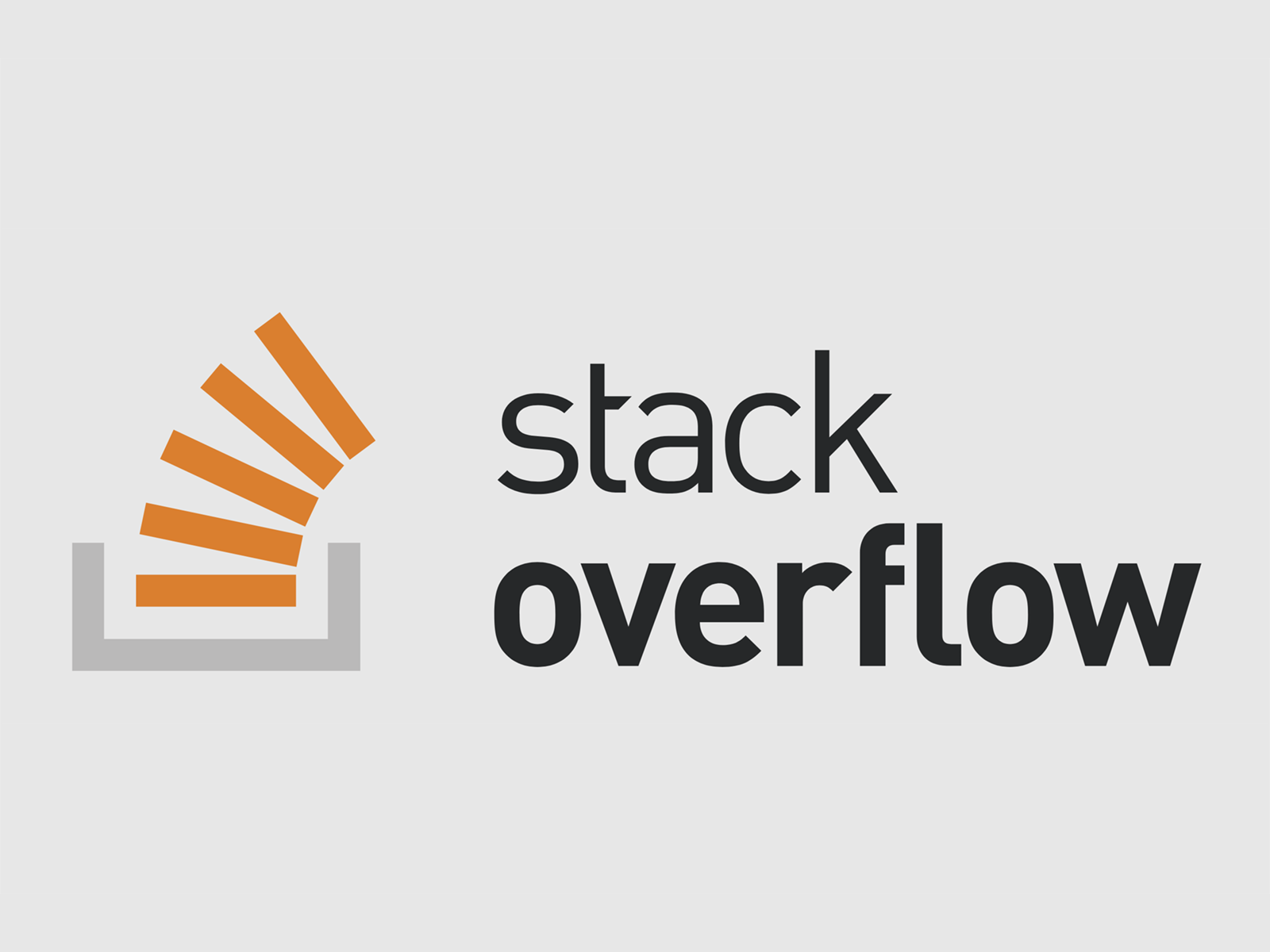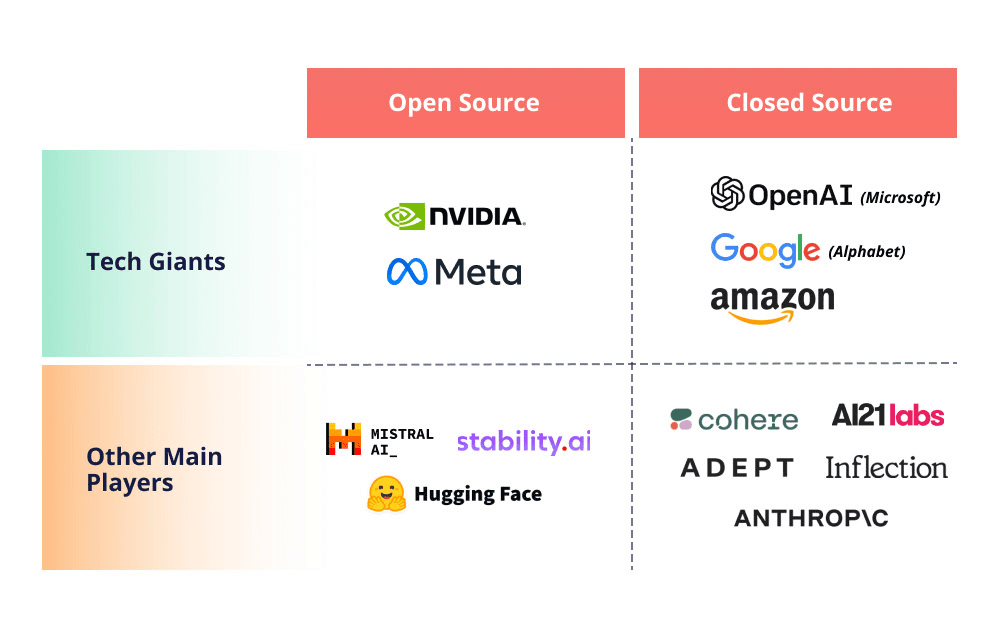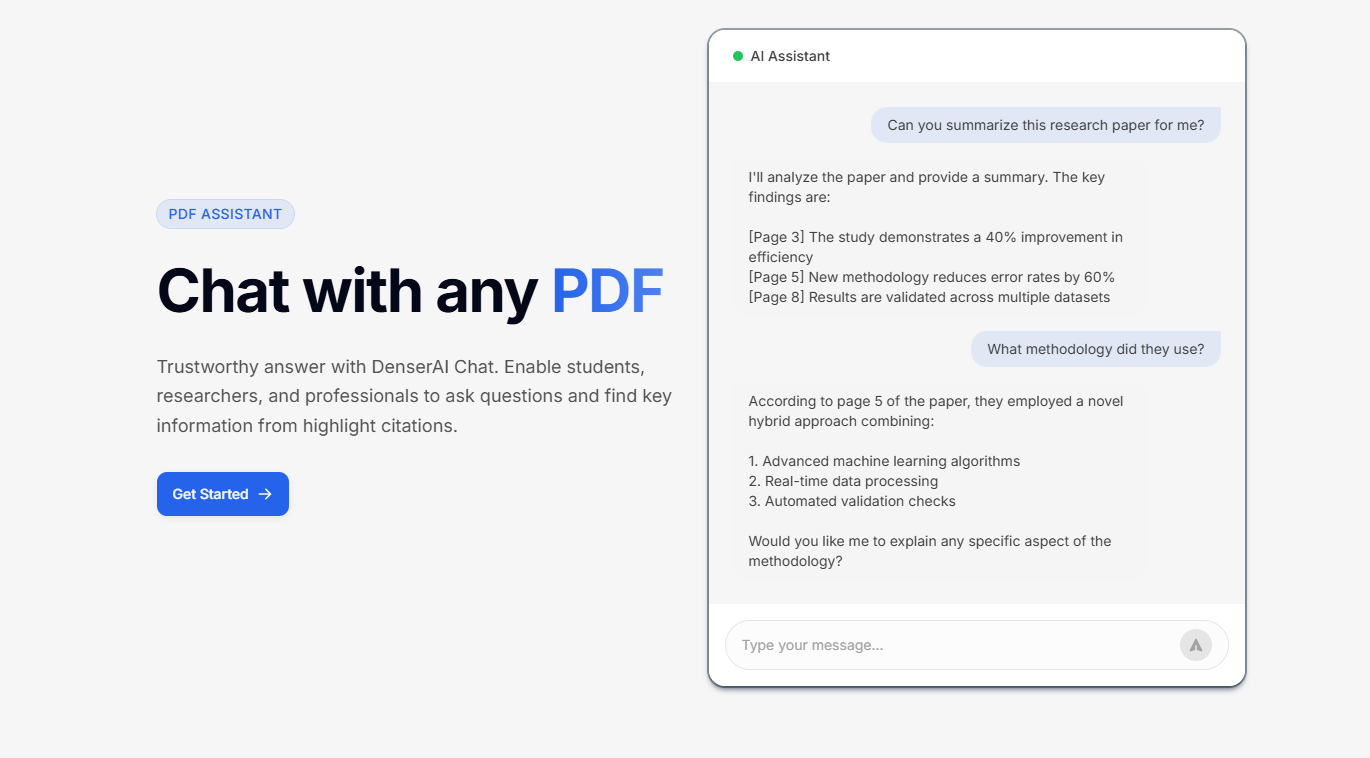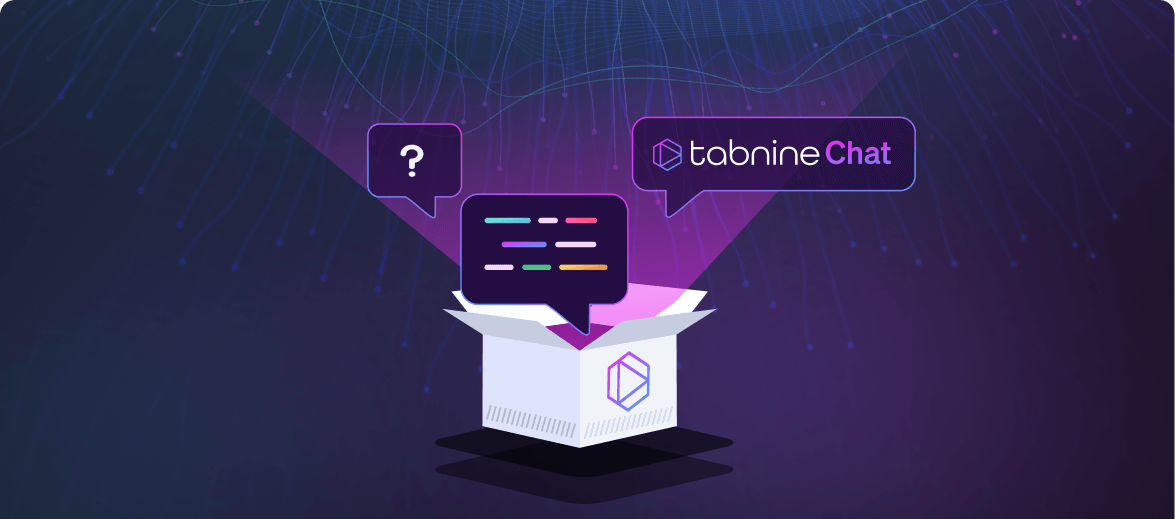AI Startup Fallout: Tracking Big Tech’s Disruptive Impact
Tracking the startups disrupted, outpaced, or wiped out by major product launches from Google, OpenAI, Microsoft, Apple, and other tech giants.
The phenomenon of large technology companies inadvertently or deliberately undermining smaller competitors through product updates has reached unprecedented levels in the AI sector. Unlike traditional software markets where competitive advantages could be sustained through specialized expertise or niche positioning, the AI landscape presents unique vulnerabilities for startups that rely heavily on APIs or attempt to fill feature gaps in existing platforms. The speed and scope of AI development by companies like OpenAI, Google, and Microsoft have created an environment where startups can see their entire value proposition eliminated overnight through a simple product update.
This disruption pattern has become so prevalent that venture capitalists and entrepreneurs have begun referring to companies that build thin layers over existing AI APIs as "wrapper startups," acknowledging their inherent vulnerability to being displaced by their underlying technology providers. The business model risks extend beyond simple feature replication, encompassing cost structure challenges, dependency vulnerabilities, and the fundamental question of sustainable competitive advantage in an rapidly evolving technological landscape
List of Impacted Startups
Text-to-Speech APIs
Sector
Developer Tools
Threat
OpenAI's text-to-speech API + Resemble AI Chatterbox Open Source
Impact
At Risk
Details
Introduction of OpenAI's TTS API with six human-like voices directly competed with specialized TTS companies like ElevenLabs and PlayHT
Chatterbox: Open Source Voice Cloning AI Model. MIT licensed. Emotion control. Super fast. Consistently outperforms proprietary in blind evaluations.
AI Code Editor Startups
Sector
Developer Tools
Threat
GitHub Copilot expansion, Jules by Google
Impact
Killed/At Risk
Details
Various unnamed AI-powered code editing tools threatened by GitHub's comprehensive developer AI integration
Google announced "Jules," an AI software engineering assistant, and highlighted accelerated code generation capabilities, aiming to improve the future of software development
Strategic Survival Guide for AI Startups
The rapid advancement of AI by major tech firms has created a precarious landscape for startups, with 90% of AI ventures predicted to fail due to competition, cost structures, and market saturation. However, survival is possible through targeted strategies that leverage agility, specialization, and strategic resource management. Below is a tactical playbook distilled from industry patterns and expert recommendations.
1. Dominate Vertical Niches with Domain-Specific Expertise
Focus on industries where big tech lacks specialized knowledge, such as legal document analysis, medical imaging diagnostics, or agricultural yield optimization. Vertical AI agents tailored to specific workflows (e.g., real estate contract review or pharmaceutical research) avoid direct competition with horizontal AI tools like ChatGPT.
Example: Startups like Eesel.ai initially targeted enterprise knowledge management but faced extinction when ChatGPT Enterprise introduced similar features. Survivors pivoted to niche domains like regulatory compliance for fintech.
2. Build Proprietary Technology Moats
Avoid "wrapper startups" reliant on OpenAI or Google APIs. Develop custom models trained on proprietary datasets unique to your niche. For instance, a startup analyzing manufacturing defects could combine computer vision with sensor data from factory equipment unavailable to general-purpose models.
Cost mitigation: Use synthetic data generation and transfer learning to reduce dependency on expensive labeled datasets. Open-source frameworks like Hugging Face allow fine-tuning base models at 1/10th the cost of training from scratch.
3. Vibe Revenue Trap: Mitigate Curiosity-Driven Growth
A critical emerging risk for AI startups is "vibe revenue" – income generated from early adopters driven by novelty or FOMO rather than sustainable problem-solving value. This phenomenon is particularly acute in AI, where 72% of users abandon tools within 3 months of initial adoption.
False positive metrics: Early $1-10M ARR figures often mask poor retention, misleading founders and investors about true product-market fit. Startups like Jasper AI initially saw 90% trial-to-paid conversion rates, but 65% of customers churned by month 4 when ChatGPT introduced competing features.
4. Adopt Capital-Efficient Development Practices
MVP strategies: Launch with no-code tools (e.g., Uizard for UI prototyping) and open-source LLMs (Llama 3), then iterate based on user feedback. AI-powered platforms like Hotjar automate A/B testing, slashing validation timelines from months to weeks.
Cloud cost control: Negotiate reserved GPU instances with AWS/GCP and implement auto-scaling to match workload demands. Startups using spot instances for non-critical tasks report 40% lower inferencing costs.
5. Forge Asymmetric Partnerships
Coopetition with big tech: License niche AI tools to Microsoft or Google as add-ons for their ecosystems. For example, a startup specializing in 3D asset generation for gaming partnered with Unity’s AI marketplace, gaining access to 2M developers while retaining IP.
Ethical differentiation: Proactively address AI bias and transparency to attract regulated industries. A healthcare startup reduced diagnostic errors by 30% using explainable AI (XAI) frameworks, securing contracts with EU hospitals under strict GDPR guidelines.
6. Optimize Pricing and Monetization
Avoid token-based traps: Supplement API calls with value-based pricing. A legal tech startup charges per contract reviewed rather than per API token, aligning costs with client savings.
Enterprise-first approach: Target Fortune 500 companies with custom SLAs. A cybersecurity AI firm offering breach response guarantees (e.g., "99.9% threat detection or refund") doubled its enterprise contracts in 2024.
7. Talent Retention Through Equity Innovation
Counter reverse acquihires: Offer "milestone equity" that vests upon technical achievements (e.g., model accuracy thresholds). A NLP startup retained its team by granting additional shares for beating GPT-4 benchmarks in non-English languages.
Upskill non-AI talent: Train traditional software engineers in MLops using platforms like Vertex AI, reducing dependency on scarce $500k/year AI PhDs.
8. Preempt Regulatory Risks
Patent defensively: File patents for data preprocessing techniques rather than algorithms. A voice AI startup patented a novel method for accent normalization in call centers, creating licensing revenue.
Lobby for sandboxes: Join industry groups advocating for "AI regulatory sandboxes" in healthcare or finance, allowing real-world testing without full compliance burdens.
9. Leverage Guerrilla GTM Tactics
Community-led growth: Build open-source versions of core tools to attract developers. A code-review AI startup gained 10,000 GitHub stars by open-sourcing its VSCode plugin, later monetizing through enterprise support.
Social proof engineering: Partner with mid-tier consultancies to embed your AI into their client workflows, bypassing lengthy enterprise sales cycles.
Survival Outlook
The AI startup graveyard is littered with ventures that failed to answer one question: "Why would customers choose us over free big tech tools?" Survivors will be those combining vertical expertise (e.g., AI for semiconductor yield optimization), capital discipline (sub-$1M Series A raises), and strategic pragmatism (alliances with non-tech industry leaders). While big tech controls 70% of compute resources, the remaining 30% leaves room for rebels who innovate smarter, not harder.

:max_bytes(150000):strip_icc()/GettyImages-1252540864-fc8bdf551b9e4e9c8c19d9fdc783c075.jpg)


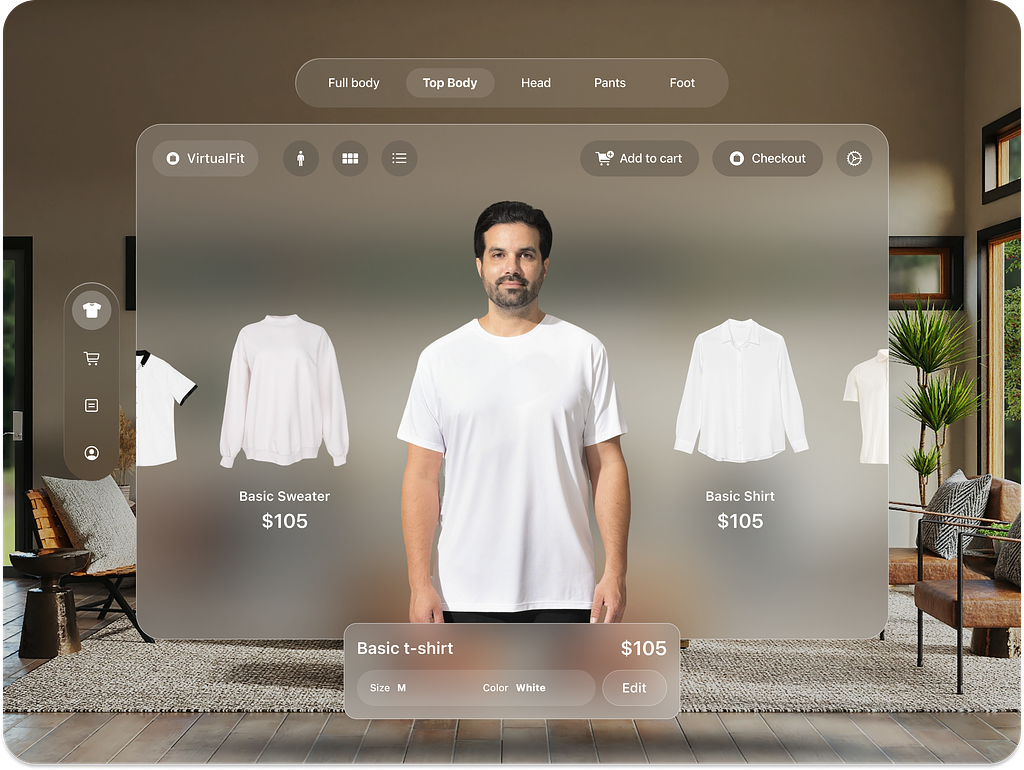






-BX9M0HU5NKJ1Q.png)
